
Could Carsharing Be A Gateway To Increasing EV Ownership?
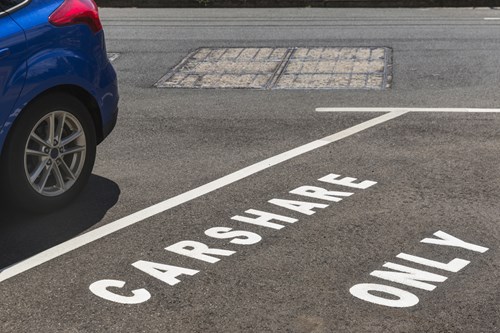
EV carsharing has the potential to ease the transition from ICE vehicles to EVs, enabling governments to meet their targets for EV adoption and work towards net-zero emissions. And, with the right incentives in place, it could even help drivers relinquish traditional car ownership for more sustainable models, further reducing the environmental impact of the automotive industry.
In Cologne and Dusseldorf, a fleet of 100 fully electric vehicles provided by GreenMobility is currently being offered at a reduced rate of nine cents, instead of 30 cents, per minute. Moreover, at two APCOA-operated parking facilities in Cologne, it is now possible for GreenMobility drivers to park for free in 10 dedicated parking spaces.
Improving the Accessibility and Liveability of Cities

The evolution of isolated parking assets into connected mobility hubs will receive a boost following a collaboration between Shell and Q-Park. Working together to improve the accessibility and liveability of our cities they will create five mobility hubs across the Netherlands. At these mobility hubs, it will be possible to access facilities such as fast charging, and shared mobility options including electric bicycles, mopeds, and car-sharing schemes together with logistics services and the sale of fresh food and drinks.
Three Factors Influencing Municipal Parking Operations
Unless you’ve been living under a rock, you will be familiar with these three buzzwords of the mobility industry: digitalization; multi-modal, and smart city. But what do these trends mean for the parking industry?
Digitalization
Municipal parking operations will continue to keep pace with the process of digitalization that was accelerated by the Covid-19 pandemic. Now that drivers are accustomed to the convenience that digital technologies offer they will expect parking facilities to keep up to date with the latest advancements.
Multi-Modal Mobility
When it comes to visiting cities, driving is no longer our default mode of transport. Instead, we expect to compare a range of alternatives, including public transit and micromobility, all from our mobile phones. For parking to remain a viable contender static information and real-time data need to be made available directly to drivers’ phones.
Rise of the Smart Cities
EV charging, micromobility, corporate fleet management, congestion reduction, and parking has a role to play in all of these smart city initiatives. Over the next few years, we will see parking integrate further into the wider mobility ecosystems as smart cities continue to develop.
Digitalizing Parking Lots
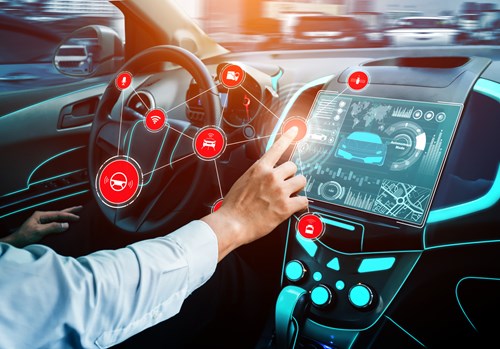
The benefits of digitalization are clear, but where should parking operators begin? There are several ways to cost-effectively digitalize a parking facility. Firstly, it often isn’t necessary to invest in new parking hardware, instead, existing equipment can be retrofitted with off-the-shelf plug-and-play components. A white-label, cross-platform parking app can be a cost-effective investment that provides great functionality to the driver and operator alike. But, drivers also need to be given options, as not all consumers want to download an app. Here lightning-fast QR codes can come into their own, directing them to a consumer-facing web portal. And, with automatic ticketing and access, a parking lot can reduce the number of staff required to operate it.
Overcoming the Complexities of Parking at Multi-Tenant Buildings
Prior to the Covid-19 lockdowns, parking management at multi-tenant buildings could be a headache for even the most experienced building manager. Managing the parking facility efficiently and optimally could be a time-consuming and frustrating administrative burden. For example, how do you ensure that visitors from company X do not park in the parking spaces of company Y?
Now, as workers return to their offices, the same problems are reemerging, alongside new ones created by the introduction of hybrid working. When workers split their time between work and their home office, they can share parking spaces and building managers can cut their overheads by reducing the number of parking spaces they rent. But this can only work when a schedule is arranged so that there are never too many employees for the parking spaces available. With Nedap’s MOOV Multi-Tenant platform you can easily manage the parking capacity on your shared premises per tenant and control who is allowed to enter and at what time.
Going Green with Circular Construction
<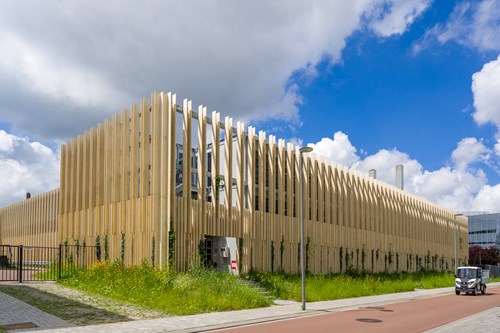
As the parking industry makes efforts to clean up its act, circular construction could be one solution worth investing in. The use of building materials such as concrete and steel, commonly used in the construction of parking facilities, depletes natural resources, pollutes our environment, and negatively impacts ecosystems. Concrete production alone is responsible for 7% of the world's CO2 emissions.
But by reusing these resources, using raw materials instead, and building remountable parking facilities it is possible for the parking industry to make greater strides towards becoming a green industry.
TU Delft aims to have a fully circular and CO2-neutral campus by 2030, and as it moves towards this goal it has called on Ballast Nedam for the construction of its latest parking garage. With 450 parking spaces, it marks a major step forward in circular, scalable, biobased, climate-adaptive, and nature-inclusive construction. By using wood on the façade of the parking facility, it will capture 60,000kg of CO2, helping to offset the emissions created during the production of concrete and steel.
Low Emission Zones and the Rise of Park & Ride
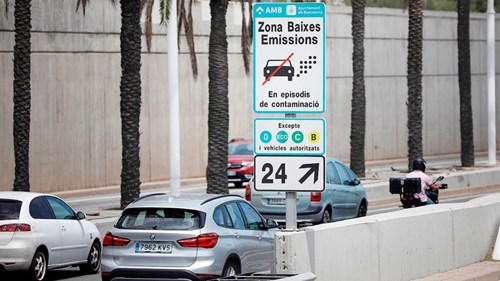
According to the Law on Climate Change and Energy Transition, Spanish cities with more than 50,000 inhabitants and municipalities with more than 20,000 inhabitants that exceed certain pollution limits will be required to become Low Emission Zones (ZBE) before January 1st, 2023. In 150 municipalities across Spain, the most polluting vehicles will be barred, and so government aid is being provided to help local governments prepare alternative solutions for these vehicles. One such initiative that will likely gain traction, is Park & Rides. Already popular in busy cities across Europe, it is likely that they will become more commonplace, with new technologies being introduced and existing solutions being improved.
Preparing for 2G and 3G Networks to be Retired
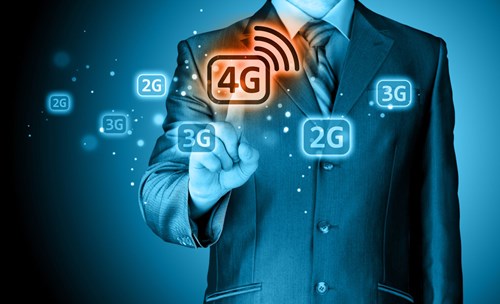
In January 2023, the UK Government and mobile network operators will begin to retire 2G and 3G cellular networks. This will allow 4G and 5G networks to get better coverage and a speed boost. providing a more reliable experience and super clear connection.
What does this mean for the parking industry? Many older parking terminals and technologies rely on 3G, so it is advisable to check with suppliers to ensure that services will not be affected by the switch-off.



